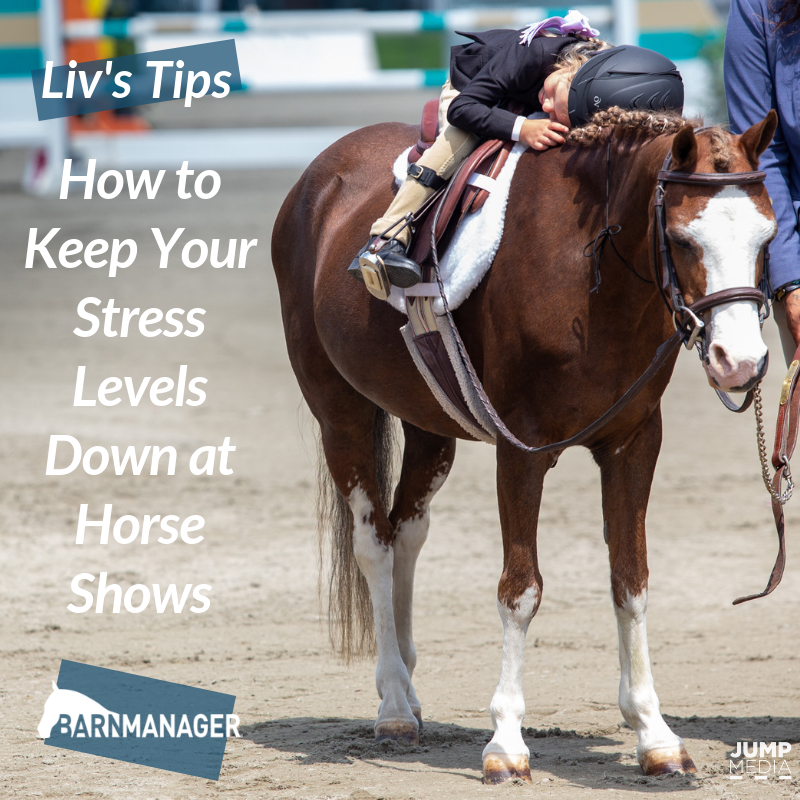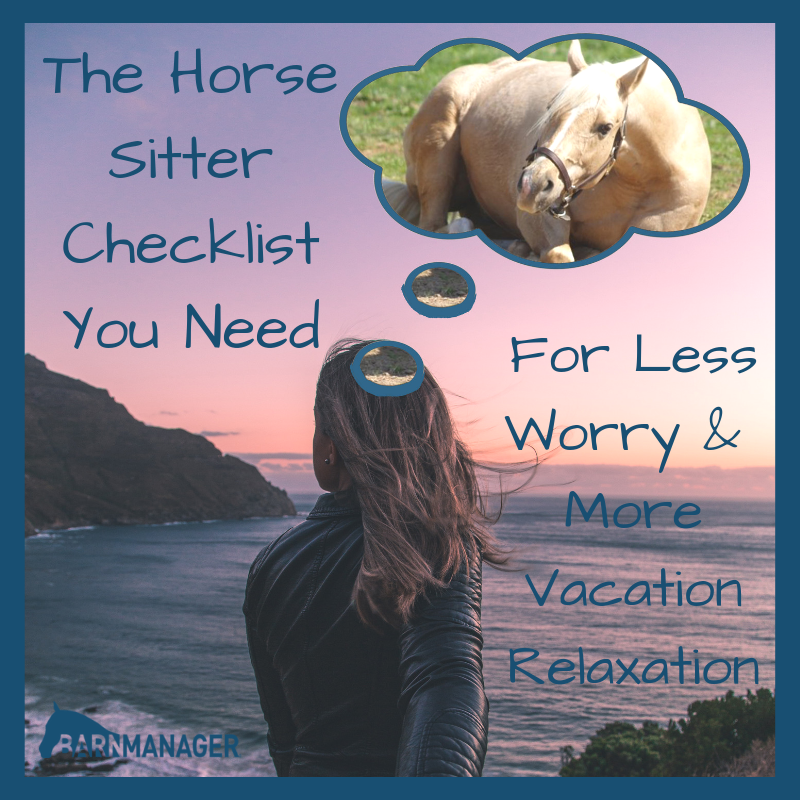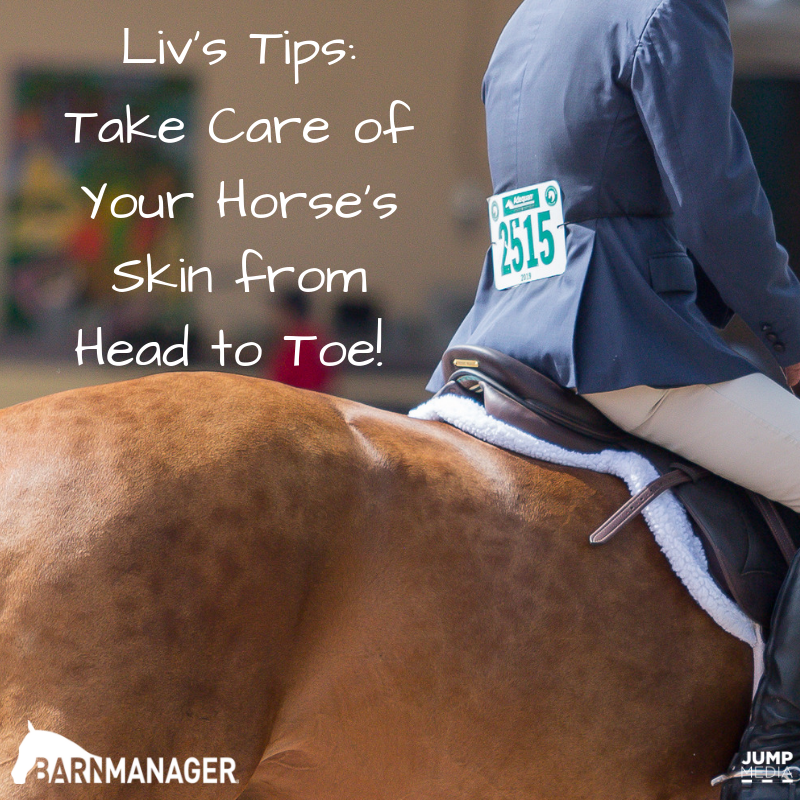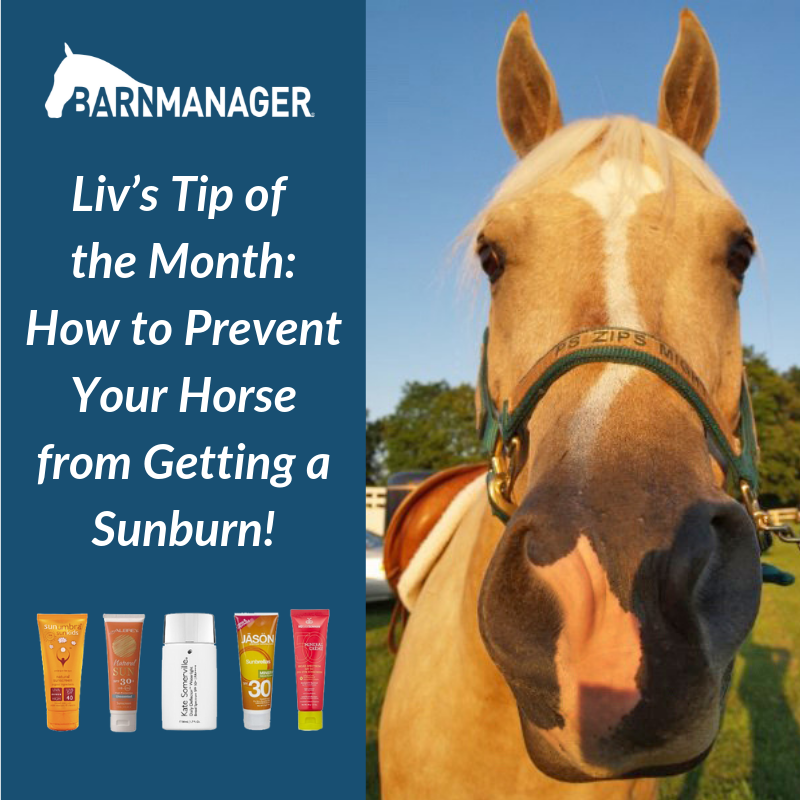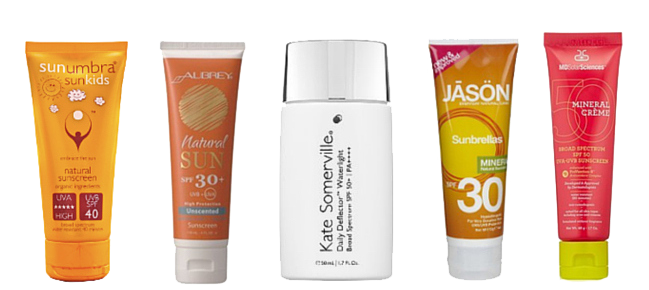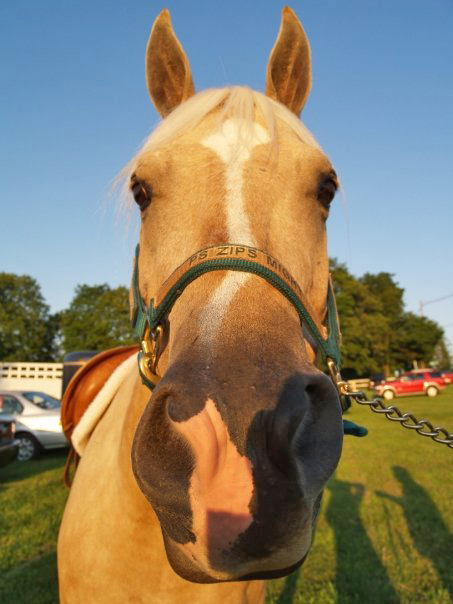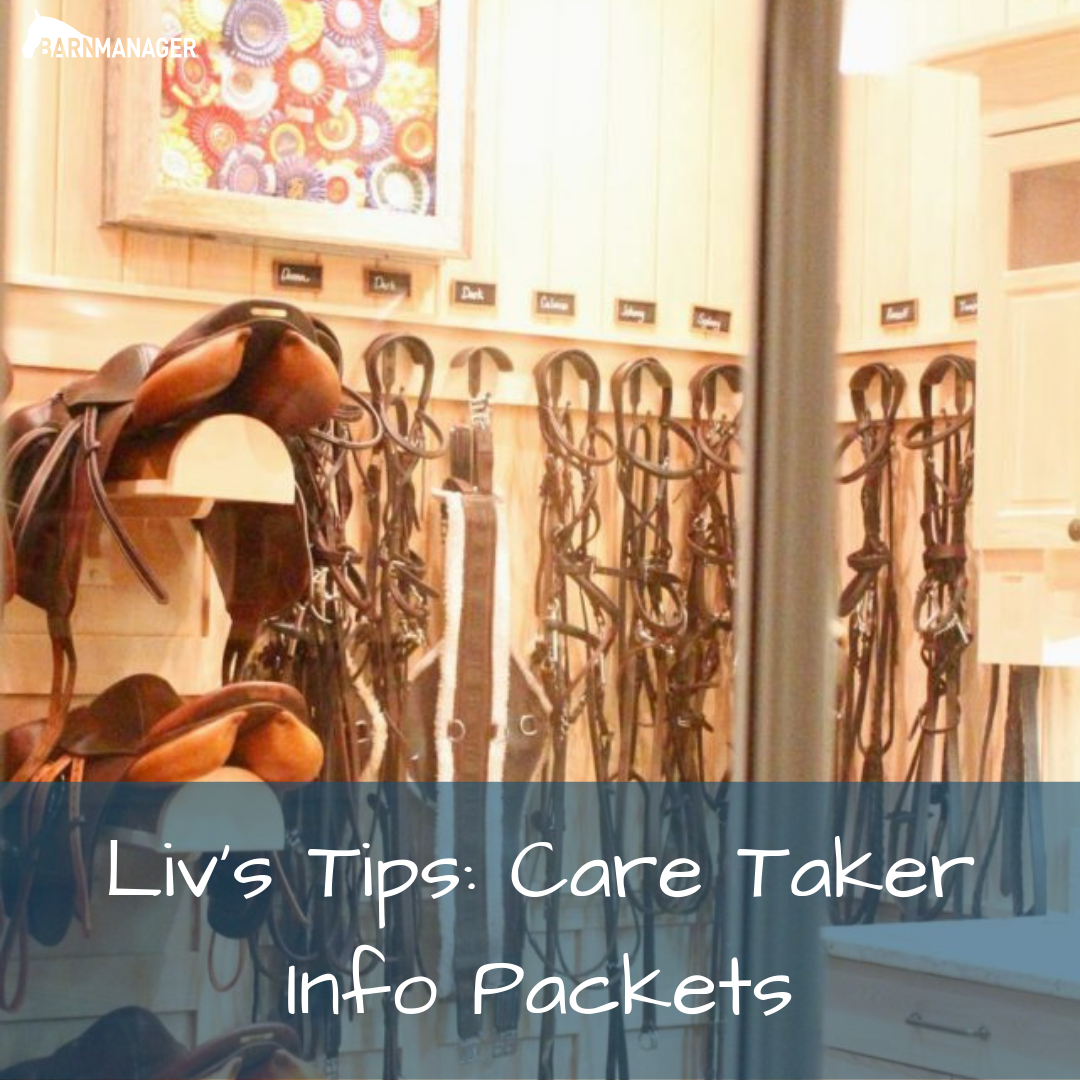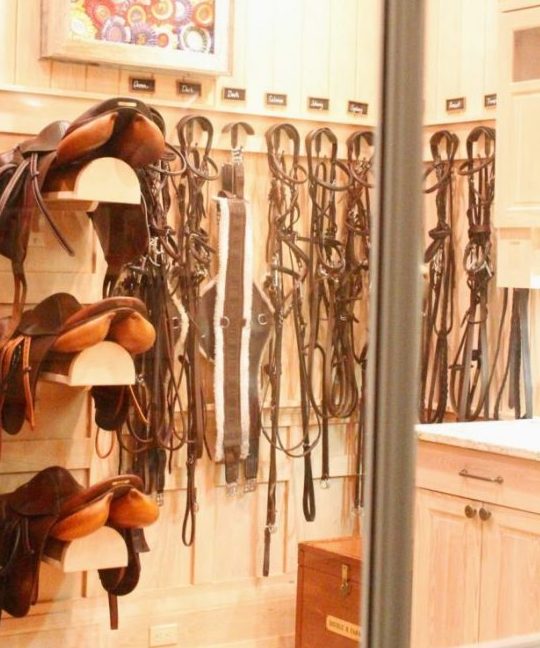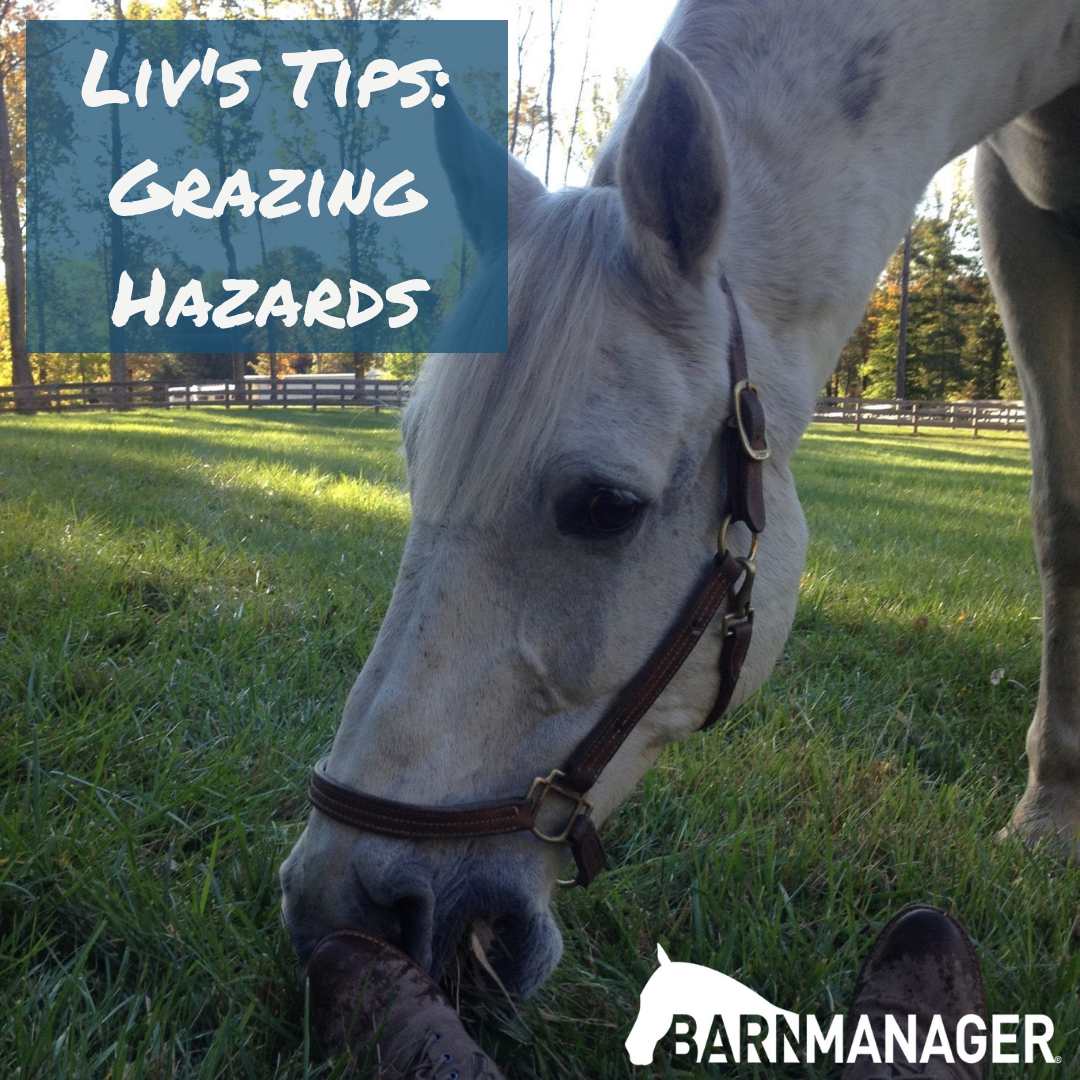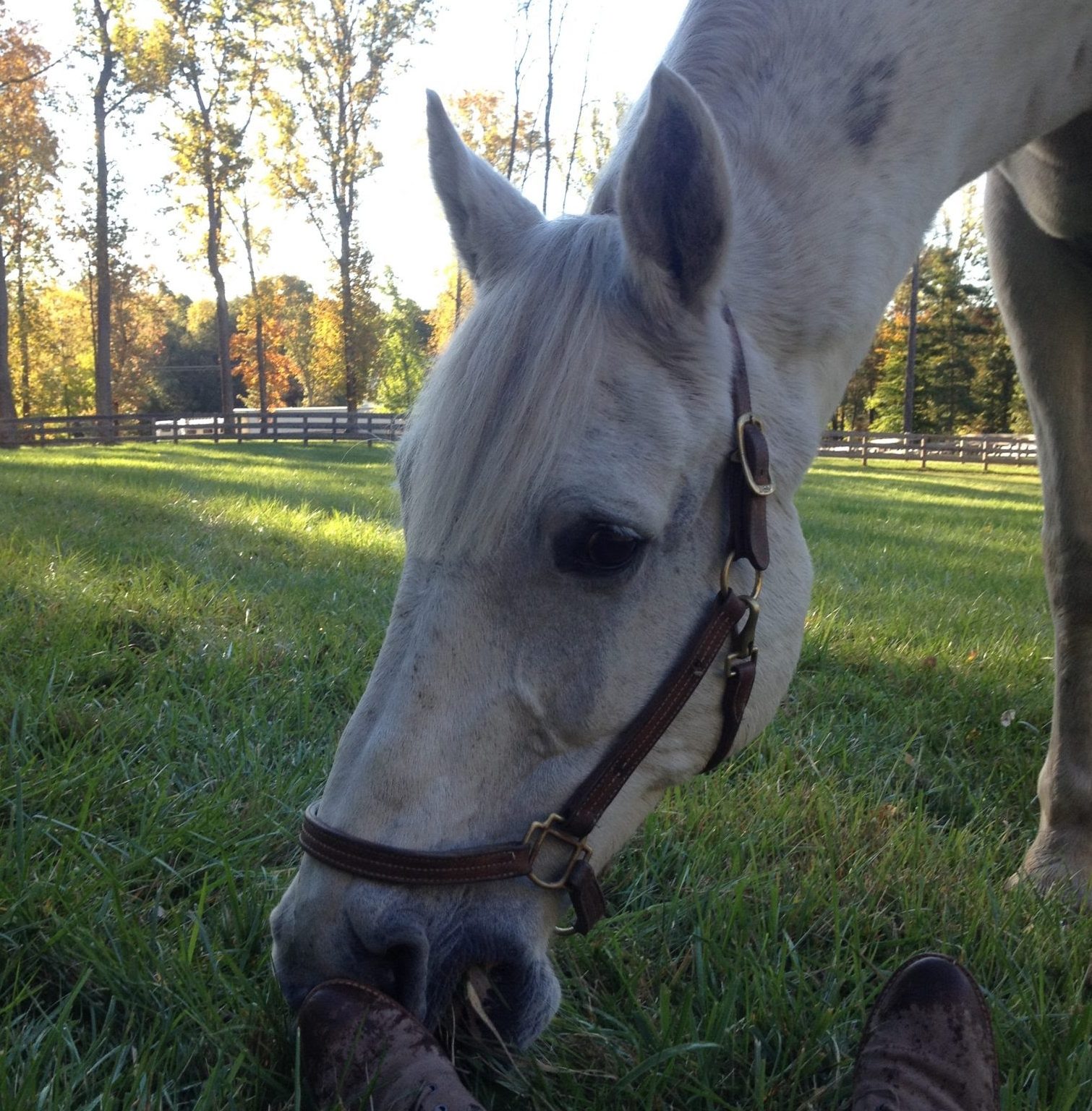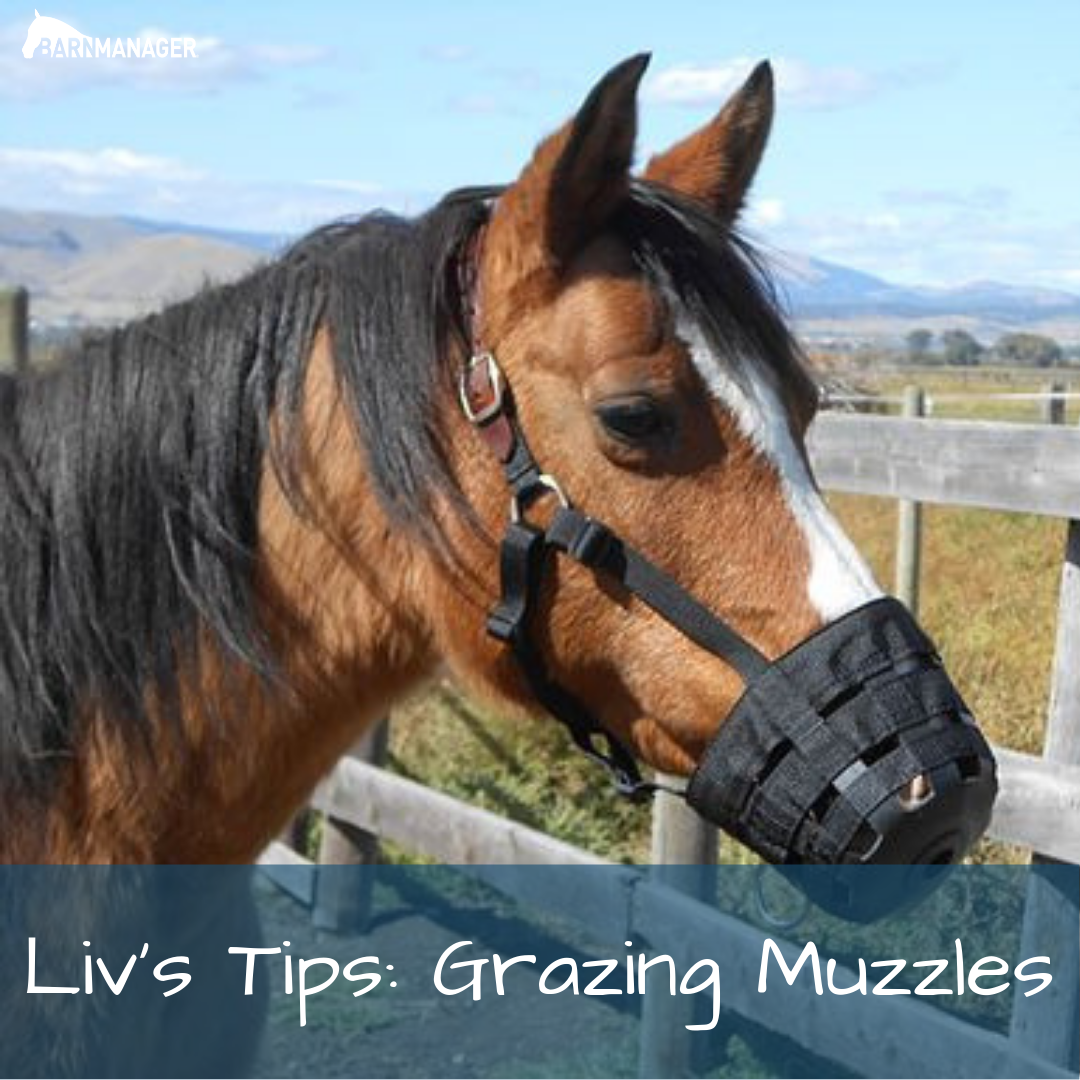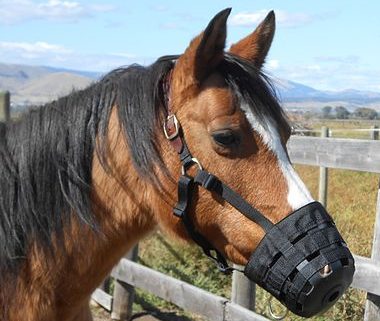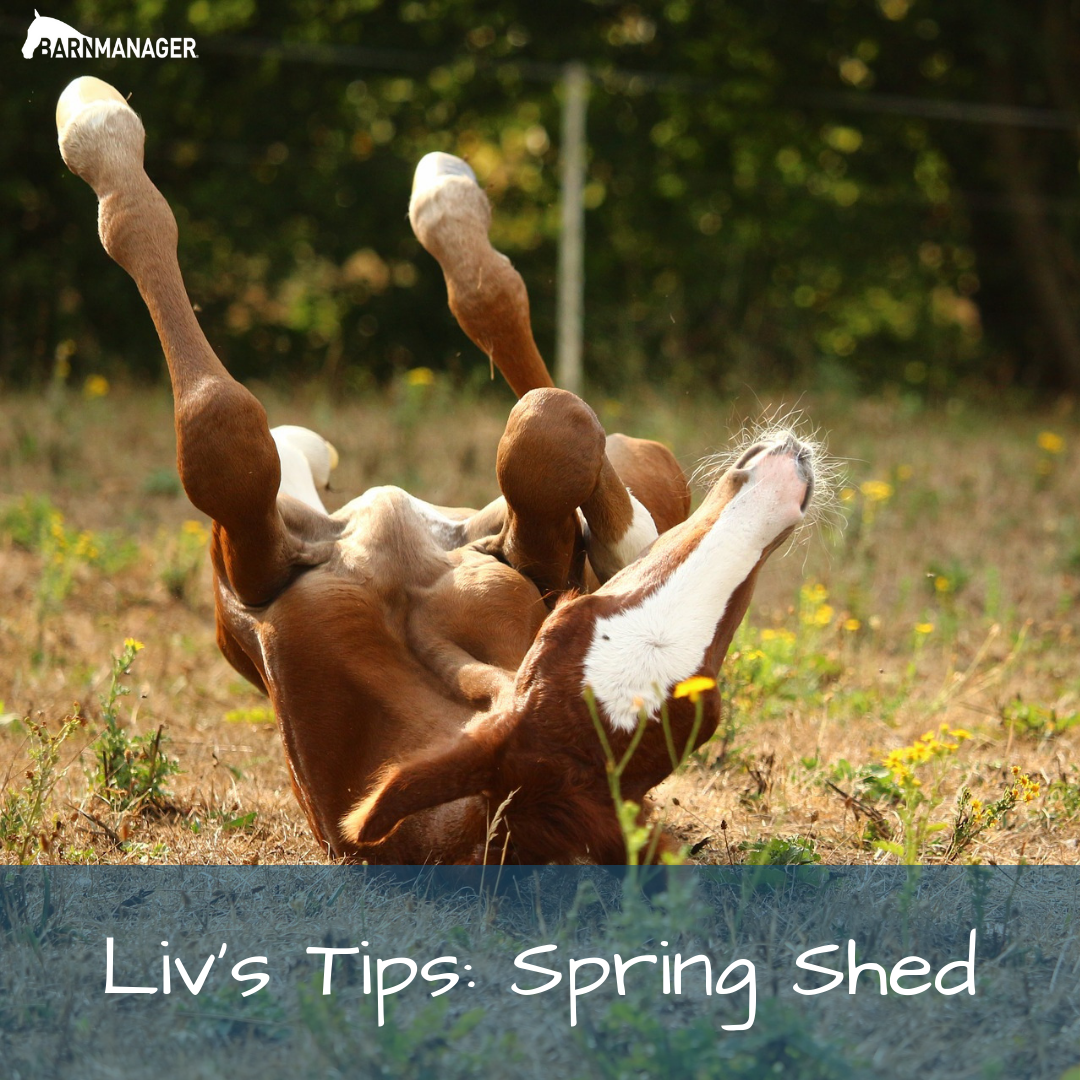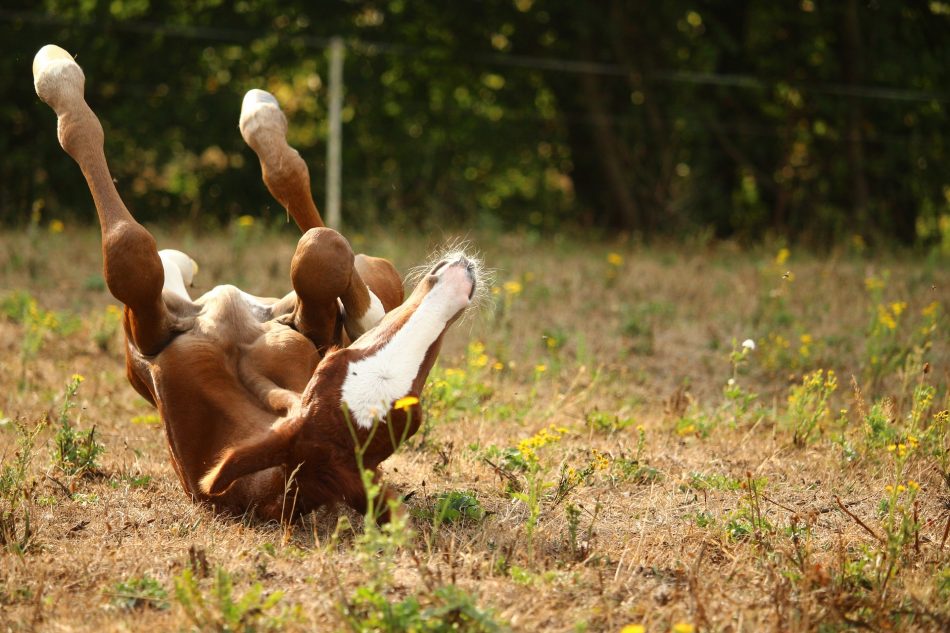With unseasonably warm temperatures surrounding our BarnManager home base on the East Coast as we post this, it’s hard to believe that we’re talking about winter, but coats are growing in and the winter months are quickly creeping up!
With the approaching winter, we have two primary concerns when the horse is unclipped: dirt, bacteria, fungi, and moisture trapped on the skin by the coat and cooling out the horse after exercise.
When you have an unclipped coat, you have a great natural barrier to the elements, but you also have a way for skin funk, rashes, infections, rain rot, and unseen cuts and scrapes to invade your horse. Couple that with moisture from sweat, and you are creating a buffet for microscopic creatures to invade. You also have the huge task of cooling out and drying your horse after exercise to avoid skin funk and your horse getting chilled to the bone.
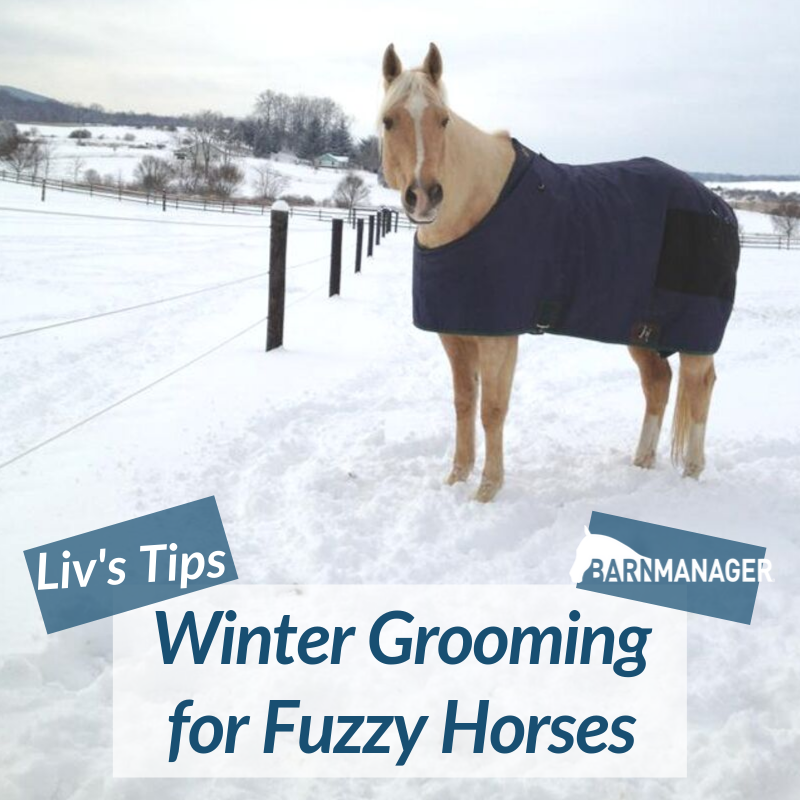
Here’s ProEquineGrooms.com’s Liv Gude’s advice for dealing with both!
Get acquainted with a vacuum for horses.
Use your fingertips – your bare-naked fingertips! You should be feeling your horse everywhere to make sure scabs or unusual skin funk, rashes, or rain rot are not forming.
Use your hands to examine the ribs and make sure that they are not poking out underneath the horse’s coat. Use a weight tape weekly to measure weight changes.
Take the time to hot towel your horse. Hot and damp towels are used to “curry” the horse in small sections at a time. Use a cooler to cover each section as you finish.
Utilize waterless shampoos. Many waterless shampoos are designed to clean spots, not do a whole horse, so read the label carefully. In combination with hot toweling, they can be a super way to bring back that “just washed” look for your horse.
Stay warm, and good luck this winter!
Want more from Liv Gude? Visit ProEquineGrooms.com! As a former international dressage groom for years, Liv Gude founded ProEquineGrooms.com as a way to unite grooms in the horse industry. The educational website also serves to entertain and inform horse owners across all disciplines about horse care, grooming, and health. Click here to check it out!
